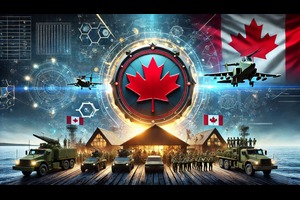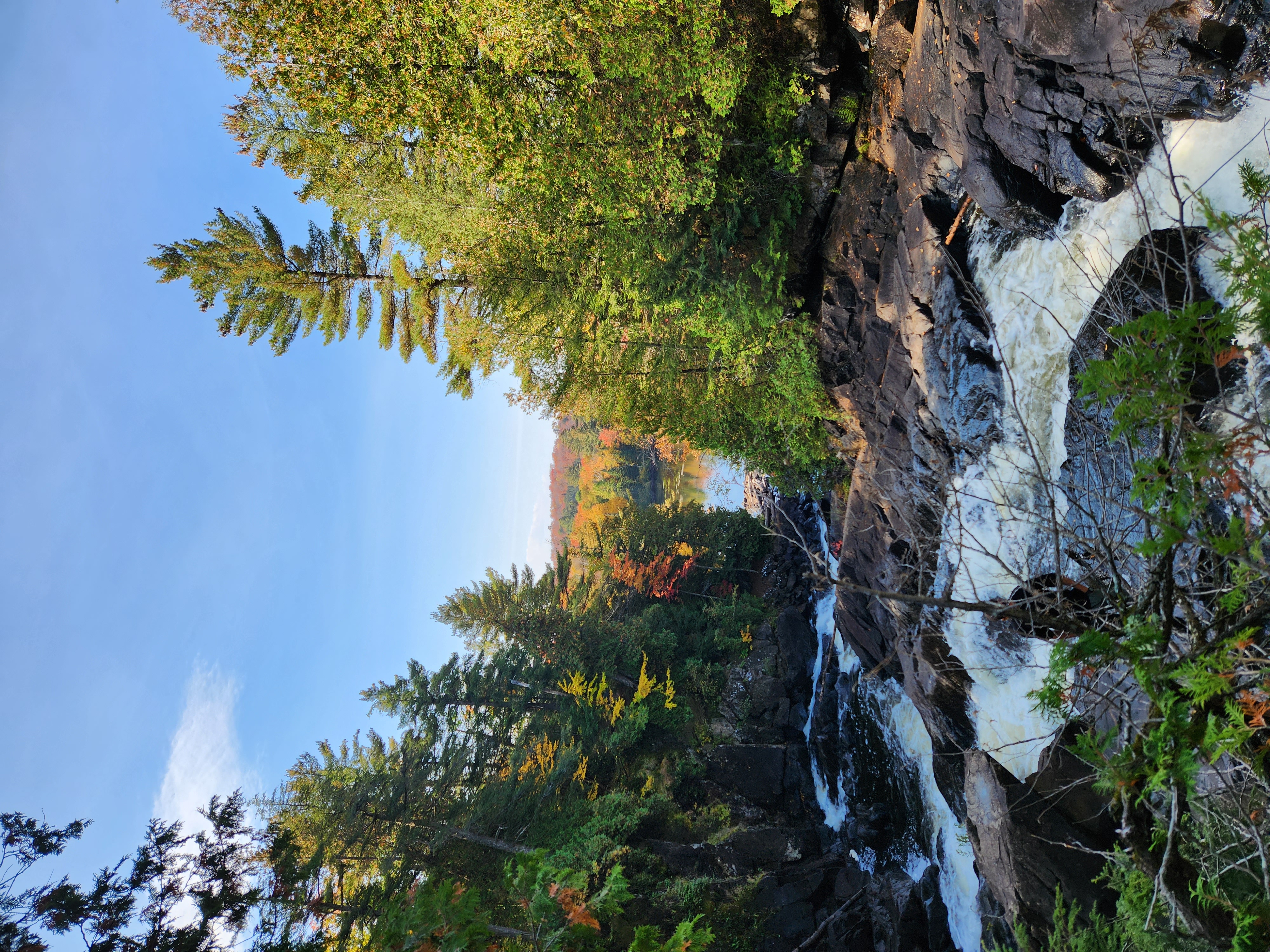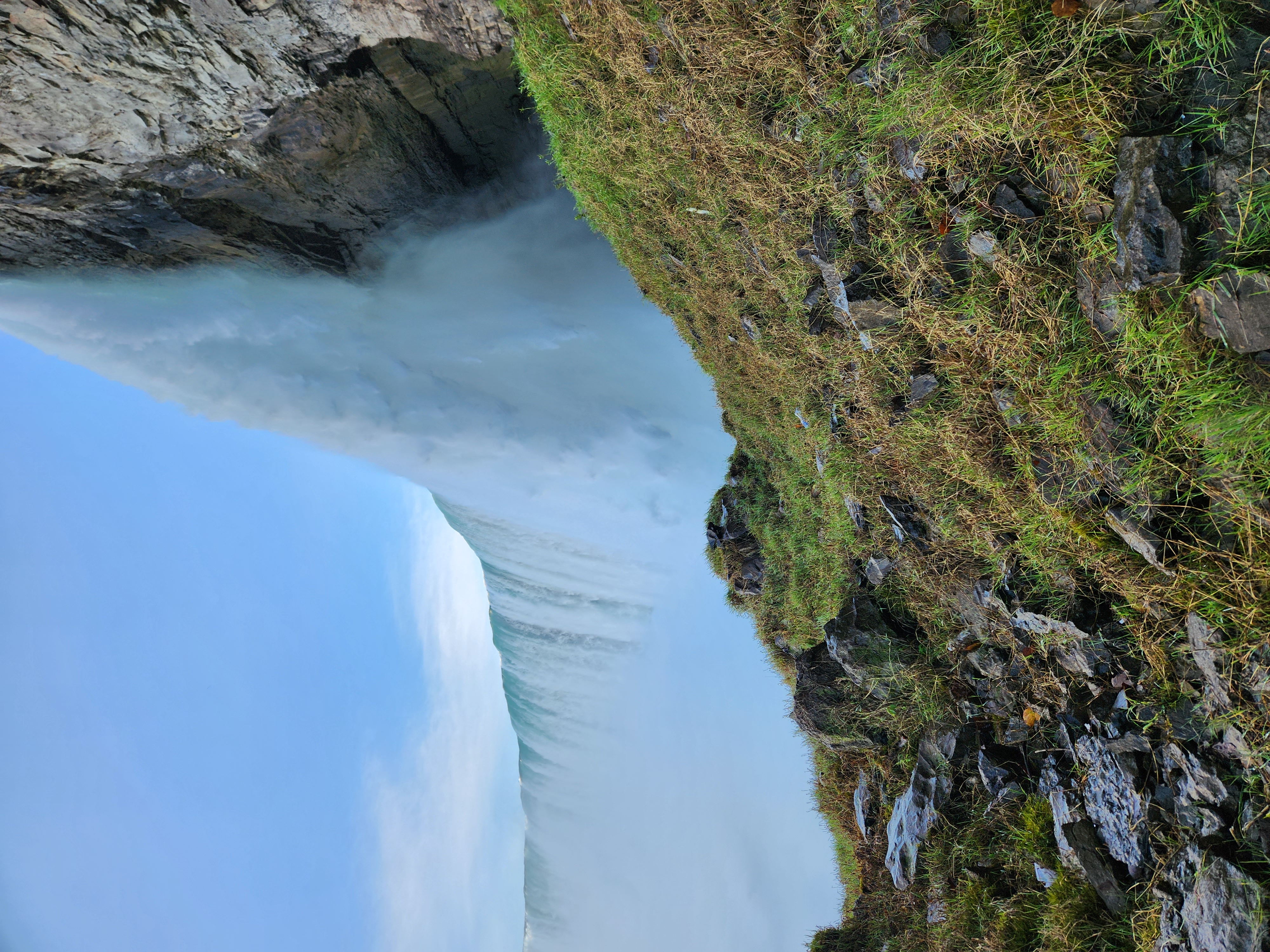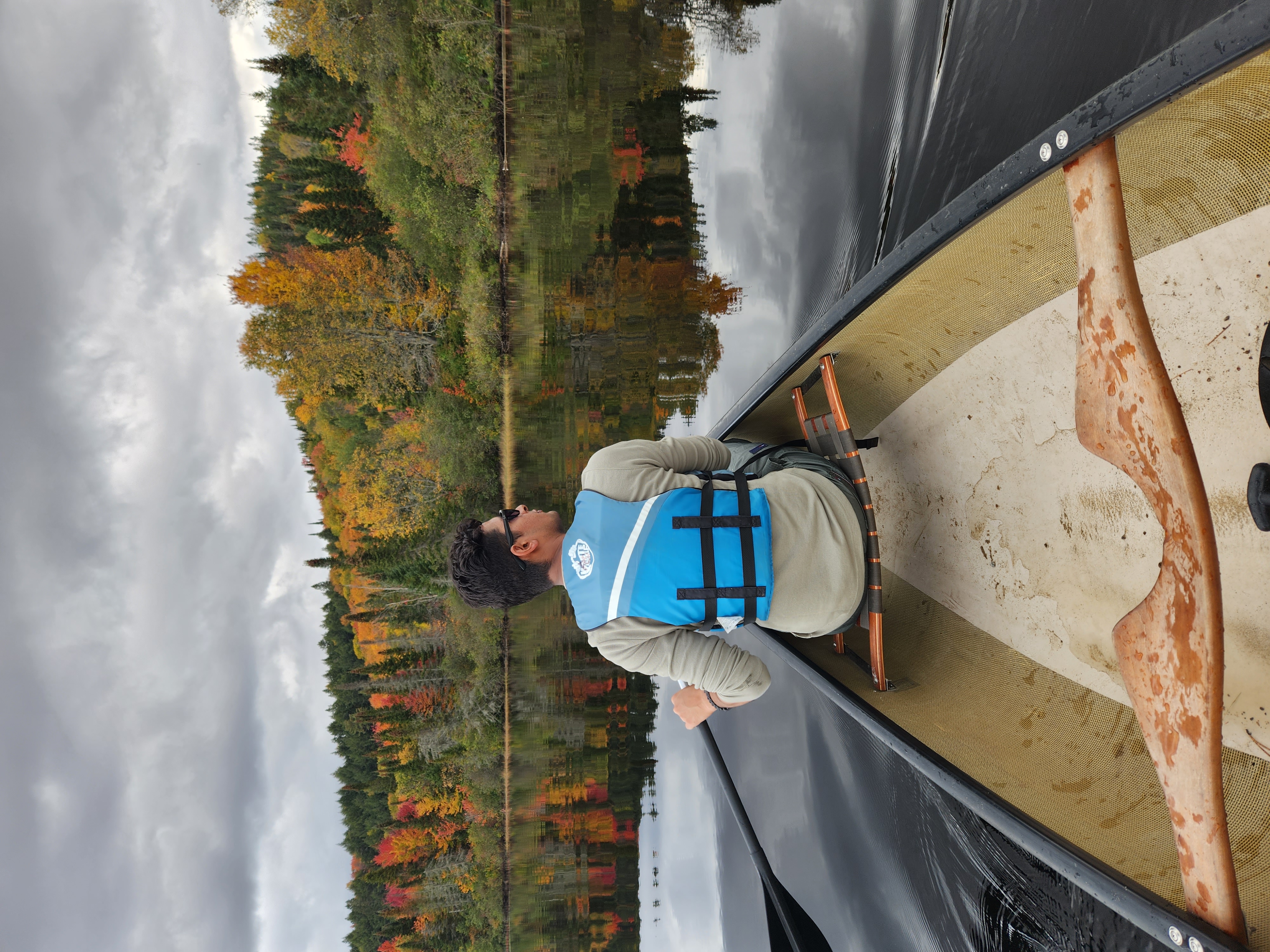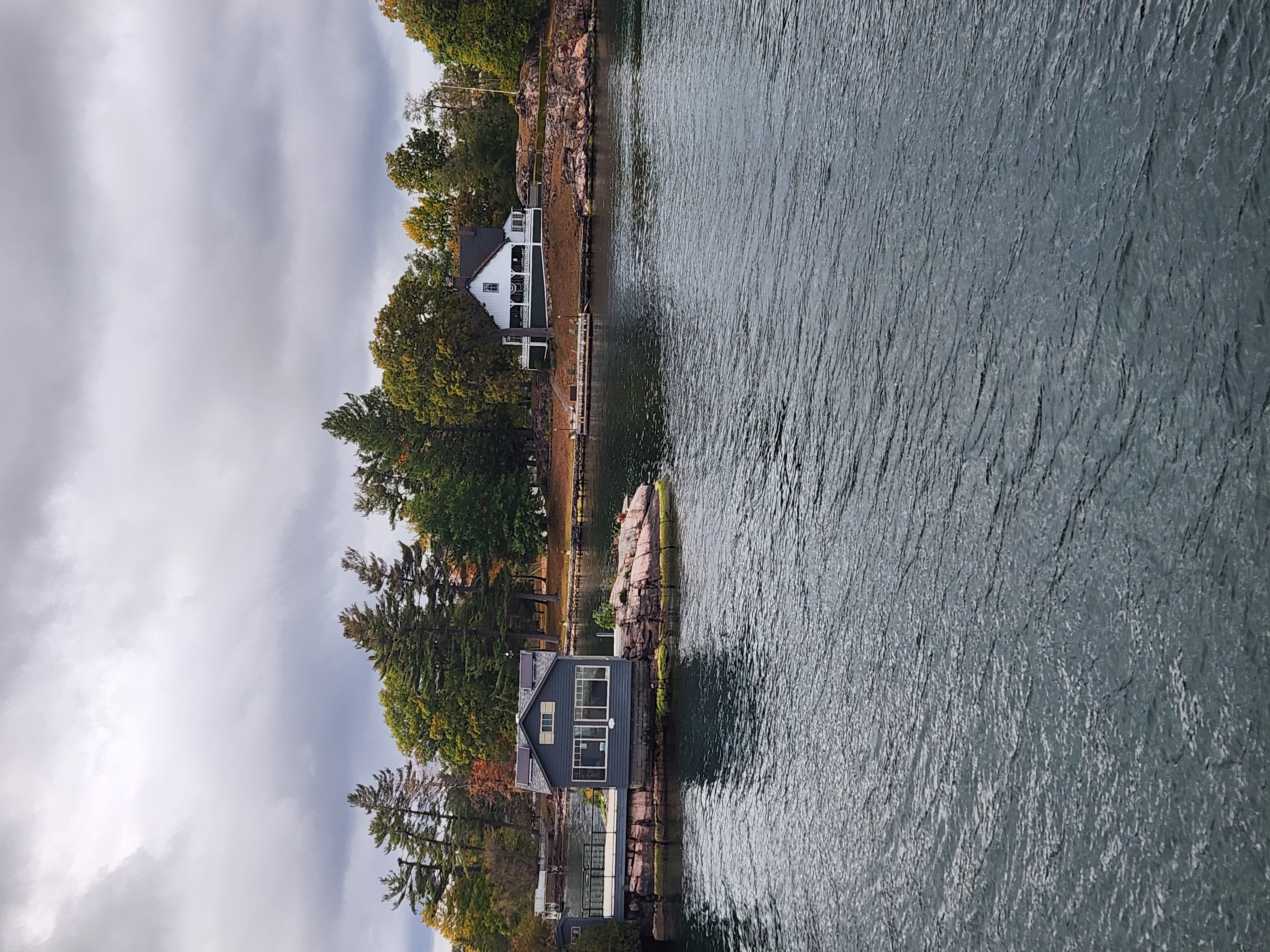As the ice melts and the geopolitical temperature rises, Canada faces a generational decision: whether to treat the Arctic as a seasonal frontier or a permanent theater of operations. The answer must be clear and bold. Canada needs to prepare for a sustained military presence in the North, one that includes 20,000 Arctic-specialized soldiers, with 10,000 stationed year-round across key regions. Anything less risks ceding strategic ground in a rapidly transforming domain.
The Arctic Is No Longer Remote, It’s Central
For decades, Canada’s Arctic policy has been shaped by remoteness, climate, and diplomacy. But the 21st century has changed the calculus. Climate change is opening up shipping lanes, resource corridors, and strategic chokepoints. Russia has militarized its Arctic coastline with over 50 bases, nuclear-capable assets, and hardened infrastructure. China, though not an Arctic nation, has declared itself a “near-Arctic state” and is investing in polar logistics, dual-use research stations, and undersea mapping.
Meanwhile, the United States is expanding its Arctic footprint through Alaska and expects Canada to contribute meaningfully to NORAD and NATO’s northern flank. The Arctic is no longer a frozen afterthought, it’s a contested, high-stakes arena where sovereignty, security, and survival intersect.
Canada’s Current Posture: Strong Words, Thin Boots
Canada’s 2024 defense policy update, Our North, Strong and Free, rightly identifies the Arctic as a core strategic priority. It pledges billions for infrastructure, surveillance, and mobility. But it stops short of committing to a robust, permanent military presence. Today, Canada has only a few hundred Arctic-capable soldiers deployed at any given time, supported by seasonal exercises and limited infrastructure.
This is not enough. Sovereignty cannot be asserted from Ottawa or Yellowknife alone. It must be lived, enforced, and defended, on the ground, year-round.
The Case for a 20,000-Soldier Arctic Force
Canada must build a dedicated Arctic force of 20,000 soldiers, trained, equipped, and stationed for northern operations. At any given time, 10,000 must be deployed permanently across strategic zones, Nunavut, Northwest Territories, Yukon, and key coastal hubs. The remaining 10,000 would rotate seasonally, train in southern bases, and surge during summer months or emergencies.
This model offers flexibility, resilience, and deterrence. It allows Canada to maintain a visible, credible presence while managing morale, logistics, and cost. It also creates surge capacity for disaster relief, search and rescue, and allied operations.
Cost and Commitment
Deploying and sustaining such a force is not cheap, but it is feasible. Based on current defense spending and Arctic infrastructure plans, the estimated cost would be:
- Annual cost: ~C$4.5–4.8 billion/year
- 10-year total (2030–2040): ~C$45–48 billion
This includes salaries, Arctic gear, infrastructure, mobility, and dual-use logistics. It represents roughly 15–20% of Canada’s projected defense budget over that period, a proportionate investment for a strategic frontier.
Moreover, Arctic infrastructure can serve civilian and Indigenous communities, support climate adaptation, and enable scientific research. The military footprint becomes a national resilience platform.
Strategic Benefits
1. Sovereignty Enforcement
A permanent presence reinforces Canada’s legal claims over Arctic waters, islands, and airspace, especially as foreign traffic increases.
2. Geopolitical Deterrence
It signals resolve to allies and adversaries alike. Canada becomes a reliable partner in Arctic defense, not a passive observer.
3. Climate Resilience
Arctic troops can support disaster response, infrastructure protection, and environmental monitoring in a region facing rapid change.
4. Economic Development
Military hubs can catalyze local economies, improve connectivity, and attract investment in energy, logistics, and housing.
5. Indigenous Partnership
A sustained force can integrate Indigenous knowledge, support local recruitment, and co-develop infrastructure with northern communities.
Long-Term Thinking, Not Short-Term Optics
Canada must resist the temptation to treat Arctic defense as a seasonal or symbolic exercise. The North is not a photo op—it’s a frontier. Building a 20,000-soldier Arctic force is not just about military readiness; it’s about generational foresight. It’s about preparing Canada for a world where geography, climate, and competition converge in the polar regions.
This is not a call for militarization, it’s a call for presence. For preparedness. For sovereignty that is lived, not just legislated.
A National Conversation
Canada’s Arctic awakening must be matched by public engagement. Citizens, policymakers, and Indigenous leaders must shape this force together. It must reflect Canada’s values, peace, partnership, and preparedness. But it must also reflect reality: the Arctic is changing, and Canada must change with it.
Canada’s future is not just urban or coastal, it’s polar. The time to build is now. The time to commit is now. The North is calling, and Canada must answer, not with words, but with boots, bases, and boldness.


